Chadar Trek Memories: Abhishek’s Thrillophilia Review
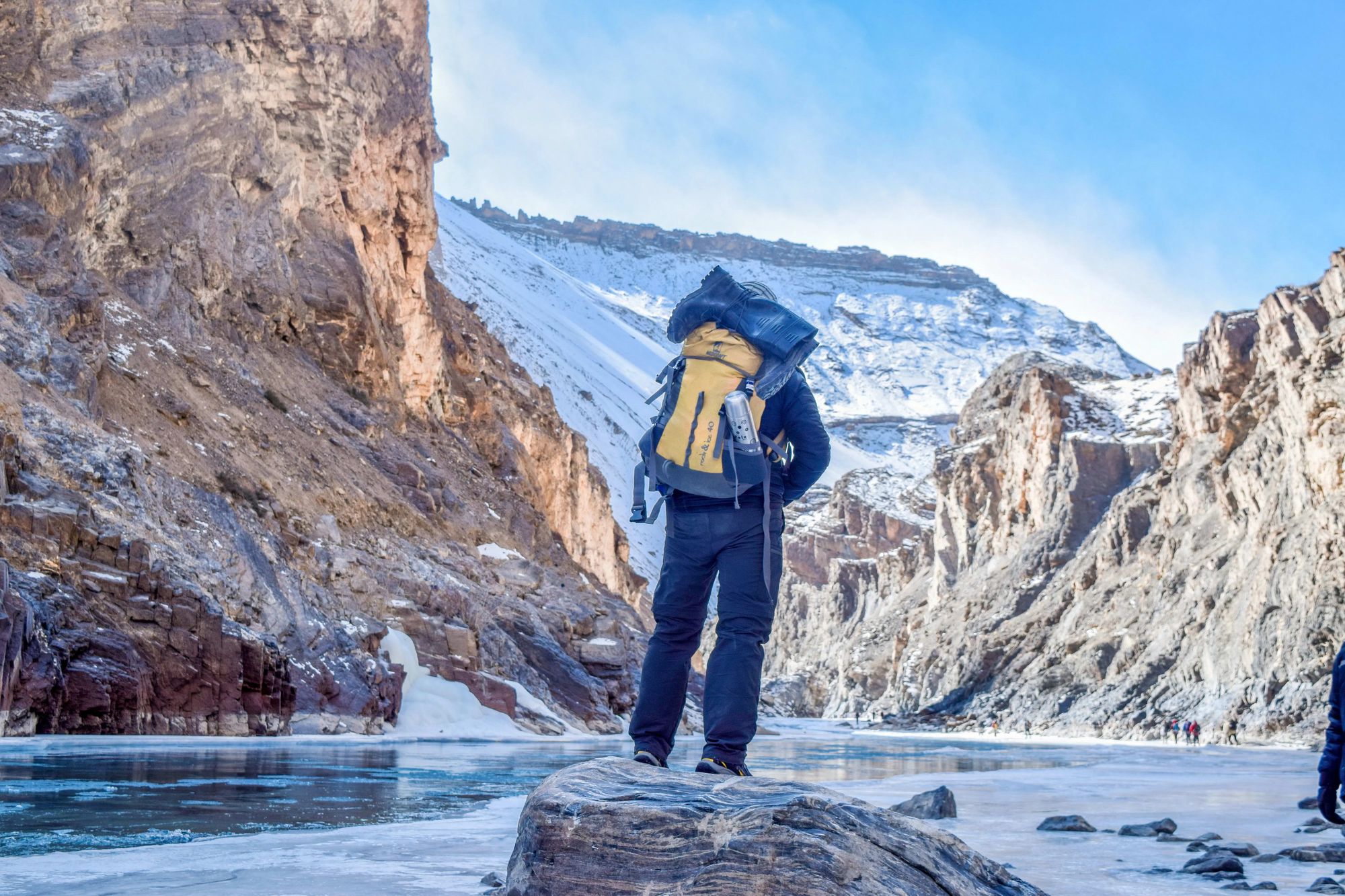
I had read about it, watched videos, and imagined it a thousand times. But no amount of preparation could match the feeling of actually standing on the frozen Zanskar River - a shimmering sheet of ice stretching endlessly between tall cliffs.
For years, the Chadar Trek had been a distant dream. A journey only the most daring took to walk across a river that had frozen into a thick glacial highway.
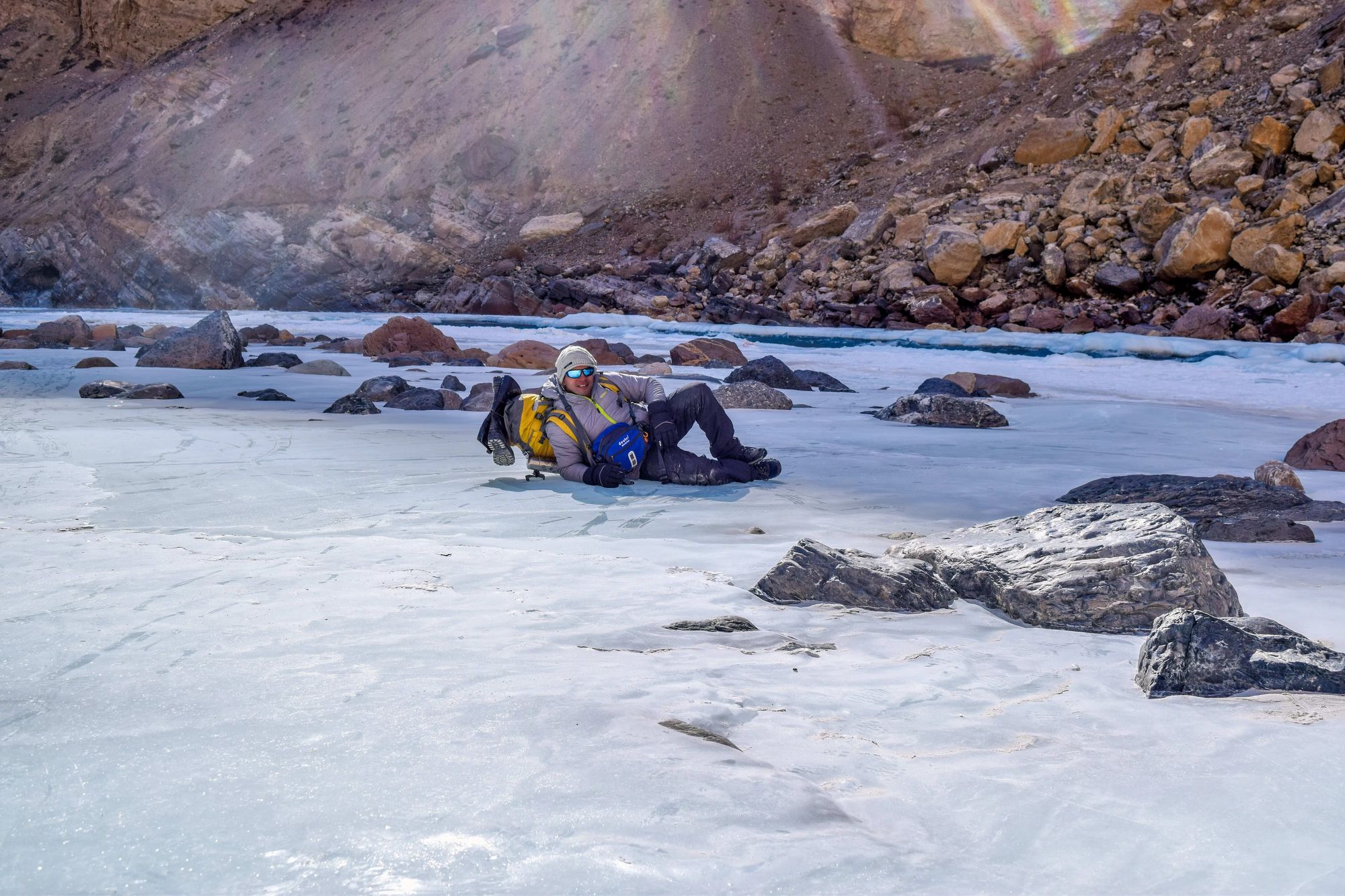
I had done two treks before, but this was different. This was raw, unforgiving, and life-changing.
"Are you sure about this?" my mother had asked the night before I left.
I had simply smiled. "I have to do this."
And so, on a freezing morning, I landed in Leh, with my heart beating with excitement and nervous anticipation.
The Calm Before the Storm

The moment I stepped off the flight, the crisp Ladakhi air hit me like a wake-up call. Leh was a winter wonderland with snow-draped rooftops, frozen streams, and an air so thin that every step felt heavier.
The first two days were about acclimatisation. The Ladakh government mandated it, and I understood why. At 11,500 feet, the oxygen levels were lower, and my body needed time to adjust. So, I wandered through Leh, visiting Shanti Stupa, Leh Palace, and the Hall of Fame. I sipped on butter tea in a cosy café and felt the warmth seep into my bones.
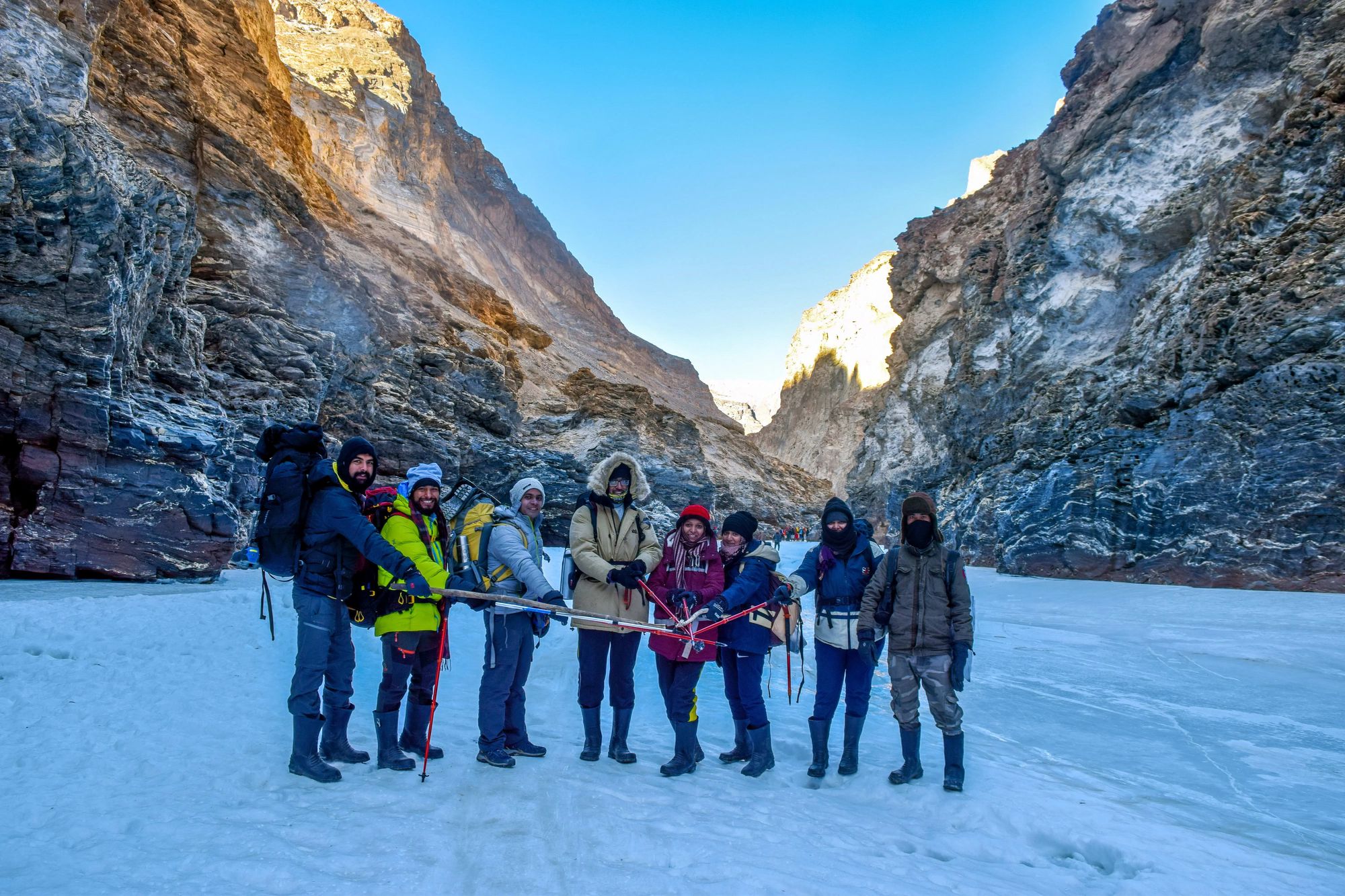
Day three brought the real test: the medical check-up. No clearance, no trek. As I waited for my turn, my nerves tightened. What if my oxygen levels were not stable? What if I had come all this way only to turn back?
But when the doctor finally nodded and handed me my permit, relief washed over me. "You are good to go," he said.
That night, I barely slept. Tomorrow, the ice would become my road.
Walking on Water

Our trekking journey began at Tilat Do, where the Zanskar River had turned into a vast, glassy area. Walking on it for the first time was surreal. Each step was careful and calculated as if the ice might decide to crack open at any moment. The trick, our guide explained, was to glide - not stomp - so we would not disturb the fragile surface beneath.
The first few kilometres were slow. Slipping was inevitable. Some fell, some laughed, and some cursed. But soon, we found our rhythm. The ice shifted between smooth glass and rough-textured patches. Some sections were so clear that we could see the dark, icy depths below.
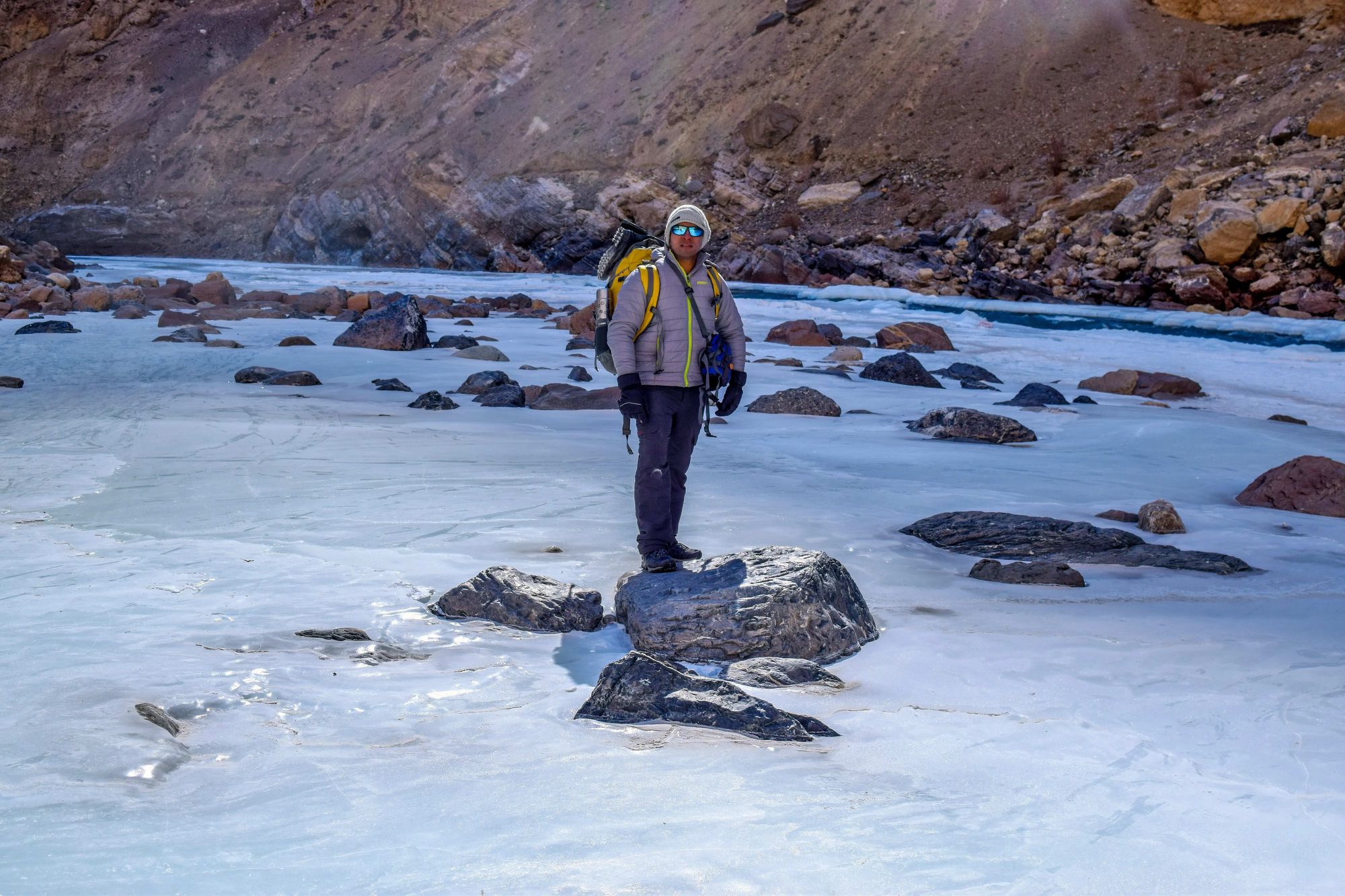
We walked for hours, and the only sounds we could hear were the crunch of our boots and the occasional thunder of distant avalanches. At night, we camped in caves or on riverbanks, gathered together in sleeping bags and listening to the ice groan as it expanded and contracted.
The cold was relentless. Even inside my thickest layers, the chill crept in. The water we drank came from the river itself - melted and boiled before consumption.
"You are literally drinking the Chadar," someone joked.
And it was true. The river that carried us by day also sustained us by night.
By the time we reached Shingra Yokma, exhaustion had settled into our bones. But so was a quiet determination.
The River’s Test
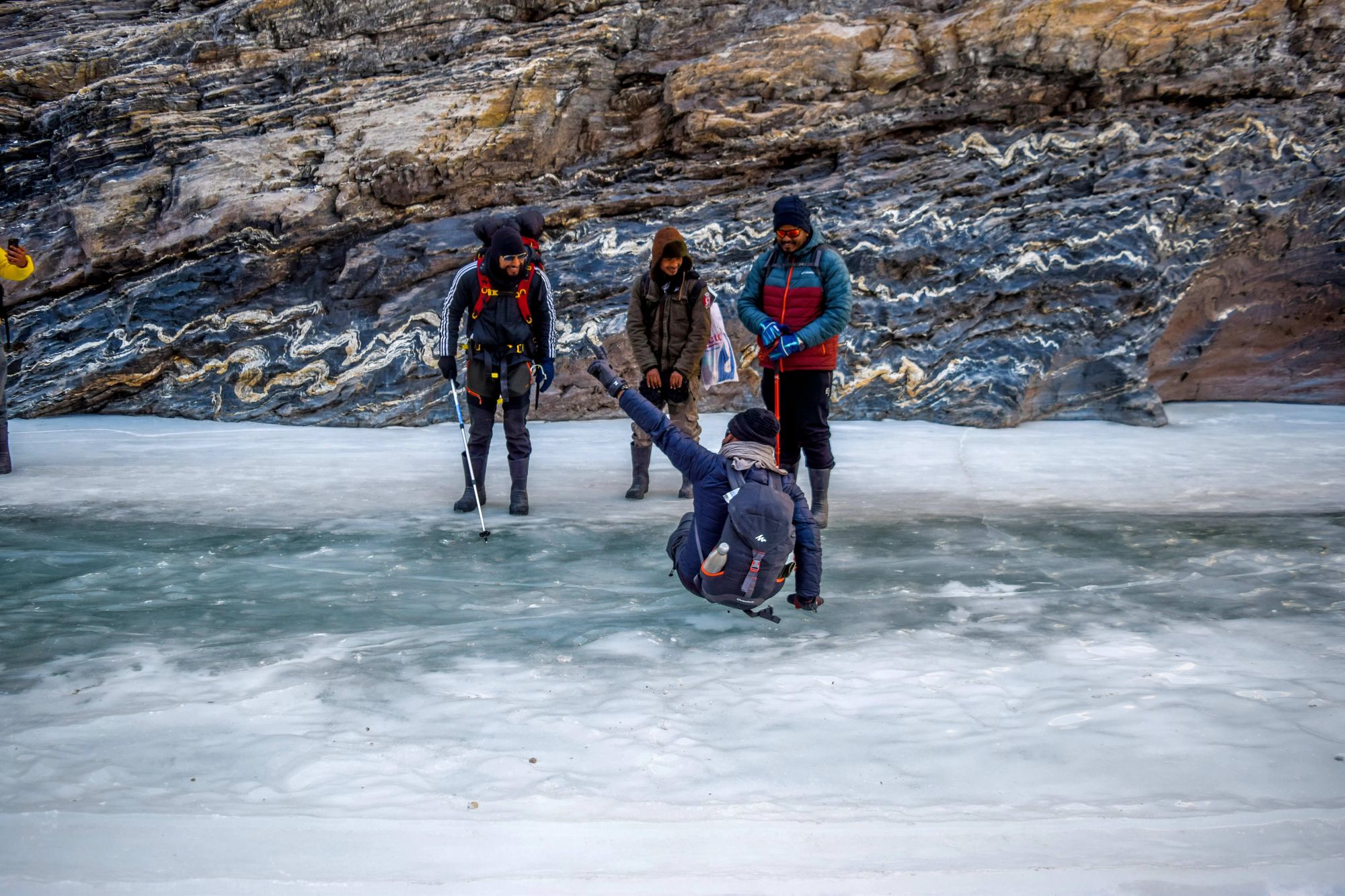
Chadar is not just about walking, it is about adapting.
Some days, the ice was perfect. On other days, it betrayed us. Cracks would appear out of nowhere and force us to scramble onto the rocky cliffs and find new paths. There were moments when we had to move through freezing knee-deep water, our boots filling with icy slush.
One afternoon, a fellow trekker lost his balance and fell hard on the ice. His knee twisted at an odd angle, and for a terrifying moment, we thought his trek was over. But the porters, our silent saviours, carried his backpack and adjusted his gear, and with quiet resilience, he kept walking.

"We help each other here," our guide reminded us. "That is the only way to finish Chadar."
Despite the hardships, the beauty of the place was otherworldly. Frozen waterfalls hung from cliffs like curtains of glass. The sky turned a deep, endless blue, and the silence was almost sacred.
At night, as I lay in my tent, wrapped in layers, I stared at the icy world outside. I had never felt so small and yet so alive.
Lessons From the Ice
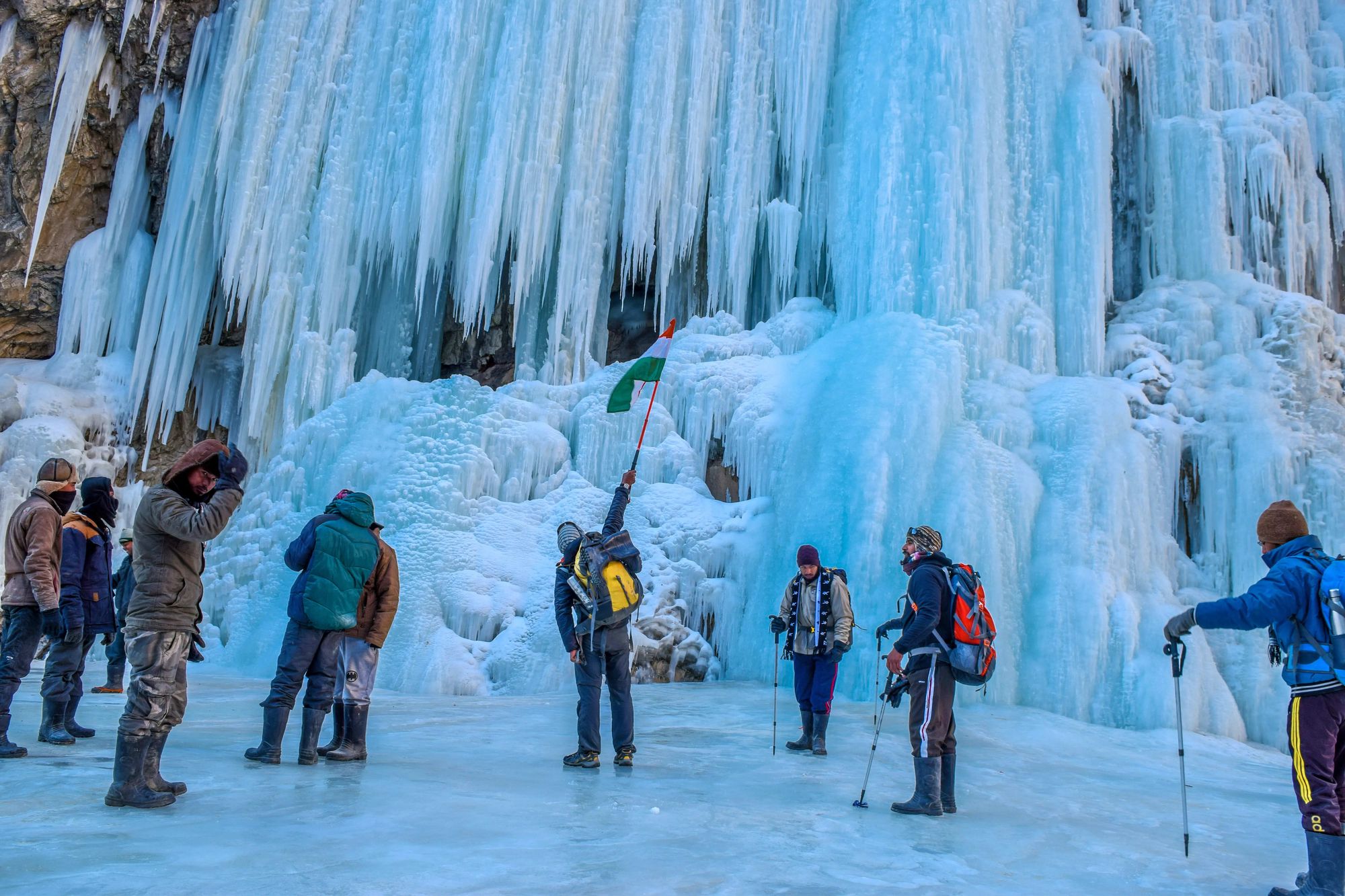
The journey back was both easier and harder. Easier, because my body had adapted. Harder, because I did not want it to end.
We retraced our steps and descended back to Tilat Do, but this time, something had changed within me. The trek had stripped away the distractions of everyday life. There were no emails, no notifications - just the simple act of putting one foot in front of the other.
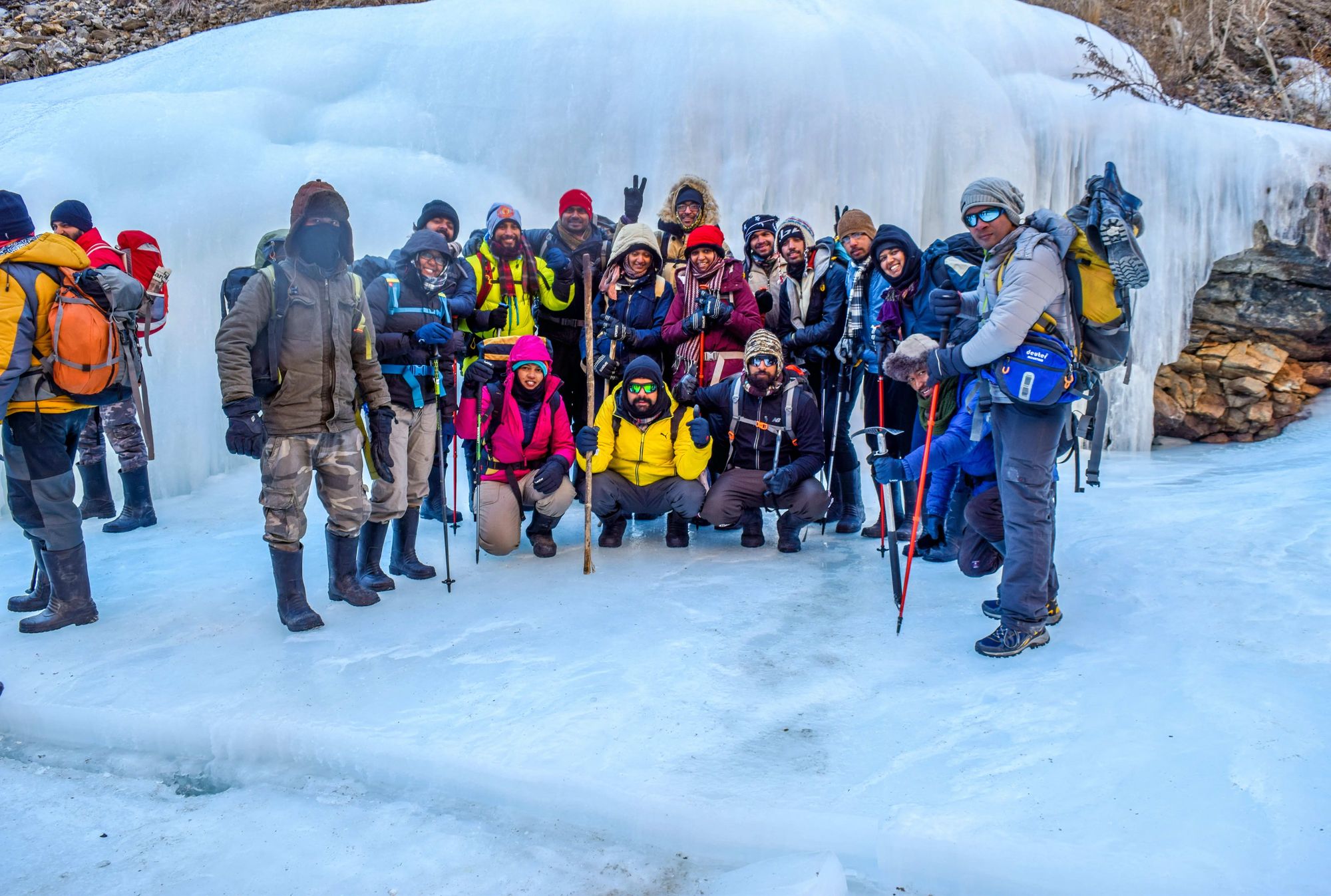
As we reached the final stretch, our guide turned and smiled. "You have walked the Chadar. Not many can say that."
And he was right. We did all this with surrender. Surrendering to the ice, to the cold, and to the unpredictability of nature. It was about learning that sometimes, the only way forward is to trust the path - even when it is frozen beneath your feet.
Back in Leh, as I sipped on a hot cup of tea, I felt different. Lighter. More free.
Read More: Thrillophilia Trek Reviews